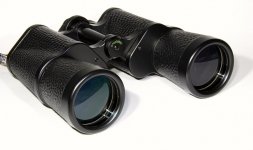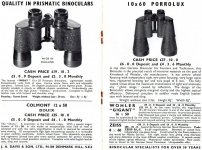Im so impressed how much details you come up with! Very exiting reading Thank you very much for using some of your time to answer me. Last year i sold a M.M.S 456, BLC 8x60 for my mother in law. What do you know about those kinds? It was passed down to my mother in law by her father who was stationed in Liverpool from 1940-45 as a naval officer on the ship ”Acanthus” until 1944 taking part in protecting convoys from the german uboats. It is very likely that particular binocular was obtained in actual combat from a german ship.
Thank you very much for using some of your time to answer me. Last year i sold a M.M.S 456, BLC 8x60 for my mother in law. What do you know about those kinds? It was passed down to my mother in law by her father who was stationed in Liverpool from 1940-45 as a naval officer on the ship ”Acanthus” until 1944 taking part in protecting convoys from the german uboats. It is very likely that particular binocular was obtained in actual combat from a german ship.
-
Welcome to BirdForum, the internet's largest birding community with thousands of members from all over the world. The forums are dedicated to wild birds, birding, binoculars and equipment and all that goes with it.
Please register for an account to take part in the discussions in the forum, post your pictures in the gallery and more.
Hi all! I´m new here (1 Viewer)
- Thread starter piaf79
- Start date





